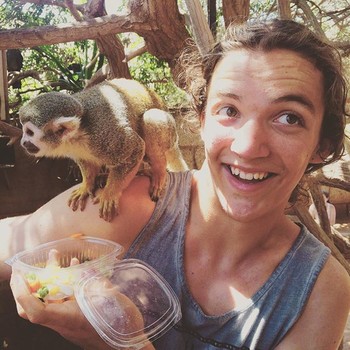How do atoms become molecules?
1 Answer
Molecules are groups of atoms that have chemically bonded.
Explanation:
Atoms consist of a nucleus made of protons and neutrons in the center, and electrons orbiting around the outside. Electrons are organised in shells, or energy levels, and each shell has a certain capacity. The inner shell can only hold
For an atom to become totally stable, it needs to have a full outer shell. To do this, two or more atoms will share or give away electrons to each other in a process called bonding. When they share or give electrons, the two atoms have a bond between them and stick together, unless you give them loads of energy to break the bond.
Covalent bonding is when two atoms share the outer electrons, so that both have a full outer shell. Covalent bonds only occur with two non-metals, like in water,
Ionic bonding is when a metal atom gives electrons to a non-metal. Since electrons are negatively charged, this makes the non-metal a negative ion, and the metal a positive ion. Like North and South on a magnet, the negative and positive ions stick together. Opposites attract. An example of this is in table salt,
Metallic bonding is when two metals lose their extra electrons and become positive ions. The extra electrons are now free and form a sea of electrons, which is negatively charged. The positive metals and negative electrons stick together in a fairly organised lattice structure. The free electrons are what travel through metal when it conducts electricity.

